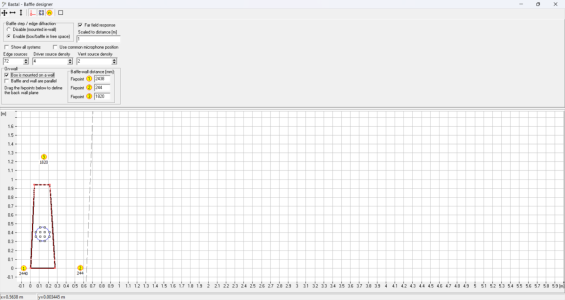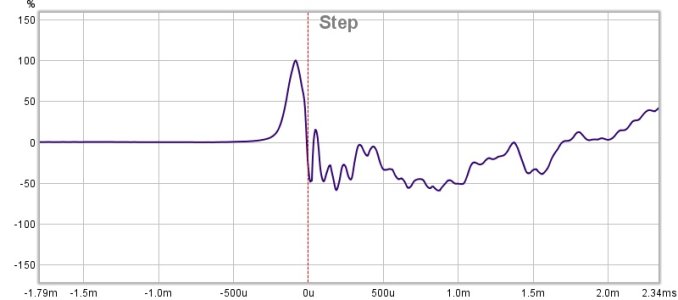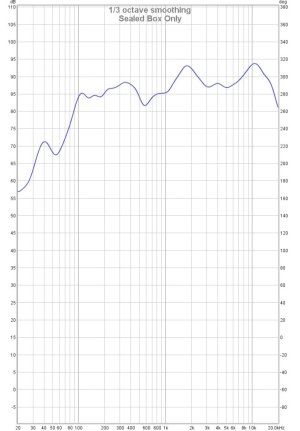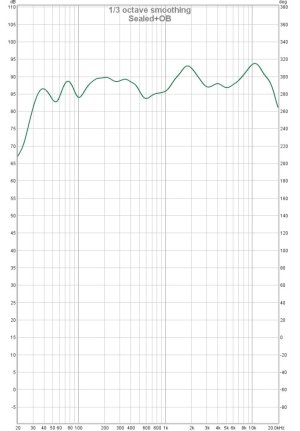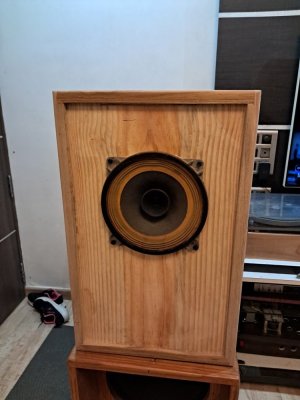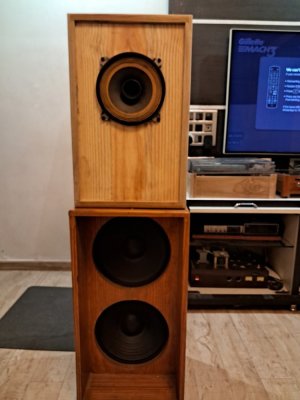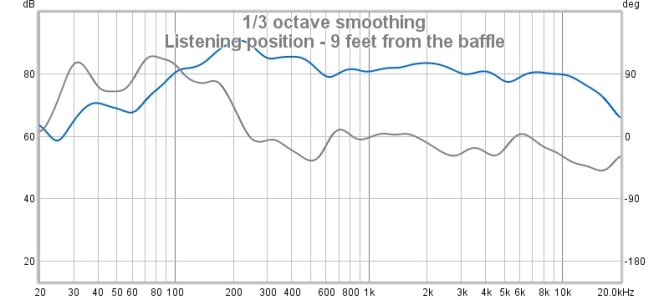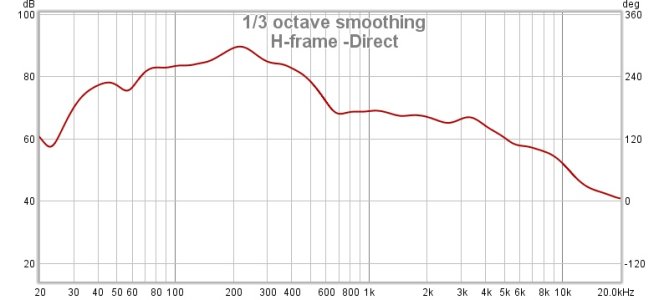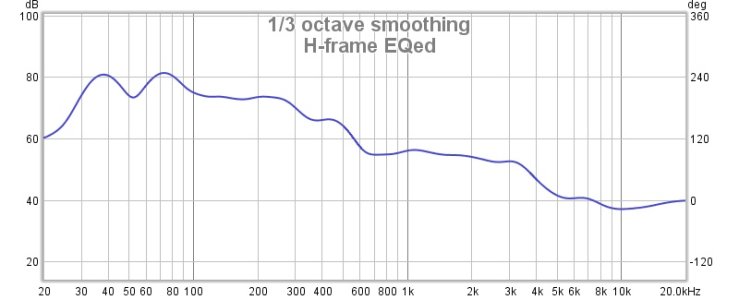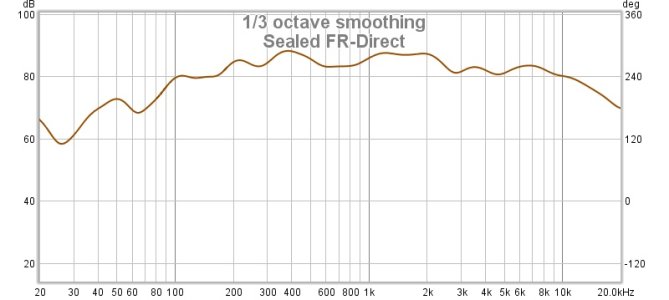Over the past 15 years i have build various types of box loading from - bass reflex, transmission line and open baffle. But i have never done a sealed box before. Most DIY builders start the journey exactly the reverse order - sealed, BR, TL and OB. Its time i complete the cycle with my first ever sealed box. This sealed box will be used in place of my OB midrange. I will still be retaining the H-frame sub for freq below 100Hz.
I will be using my Russian dirver which i had purchased 6 years ago. Initially i had used them in an OB loading, but this driver is meant more for a sealed box because of its extreme high compiance (1.4mm/N), low resonance and Qts 0f 0.72. The measured response by other DIY builders using this driver is from 63Hz till 20KHz. I had done simulation on my 30 liter enclosure using a metronome shaped baffle. The F10 is around 47Hz. I don't think i would be requring the sub in most situations but for now, i shall be retaining them. If not required after listening, the H-frames will be put for sale.
Below is the Basta simulation on my sloped baffle:
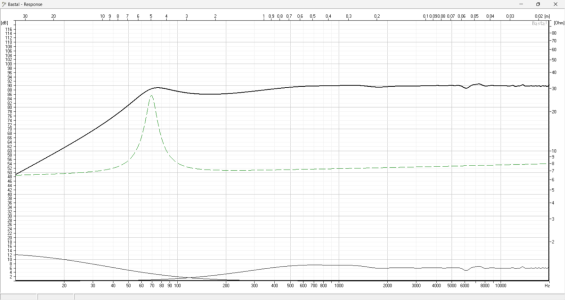
The wood work is planned to begin next month and shall post updates as appicable.
Thanks for looking.
I will be using my Russian dirver which i had purchased 6 years ago. Initially i had used them in an OB loading, but this driver is meant more for a sealed box because of its extreme high compiance (1.4mm/N), low resonance and Qts 0f 0.72. The measured response by other DIY builders using this driver is from 63Hz till 20KHz. I had done simulation on my 30 liter enclosure using a metronome shaped baffle. The F10 is around 47Hz. I don't think i would be requring the sub in most situations but for now, i shall be retaining them. If not required after listening, the H-frames will be put for sale.
Below is the Basta simulation on my sloped baffle:

The wood work is planned to begin next month and shall post updates as appicable.
Thanks for looking.


